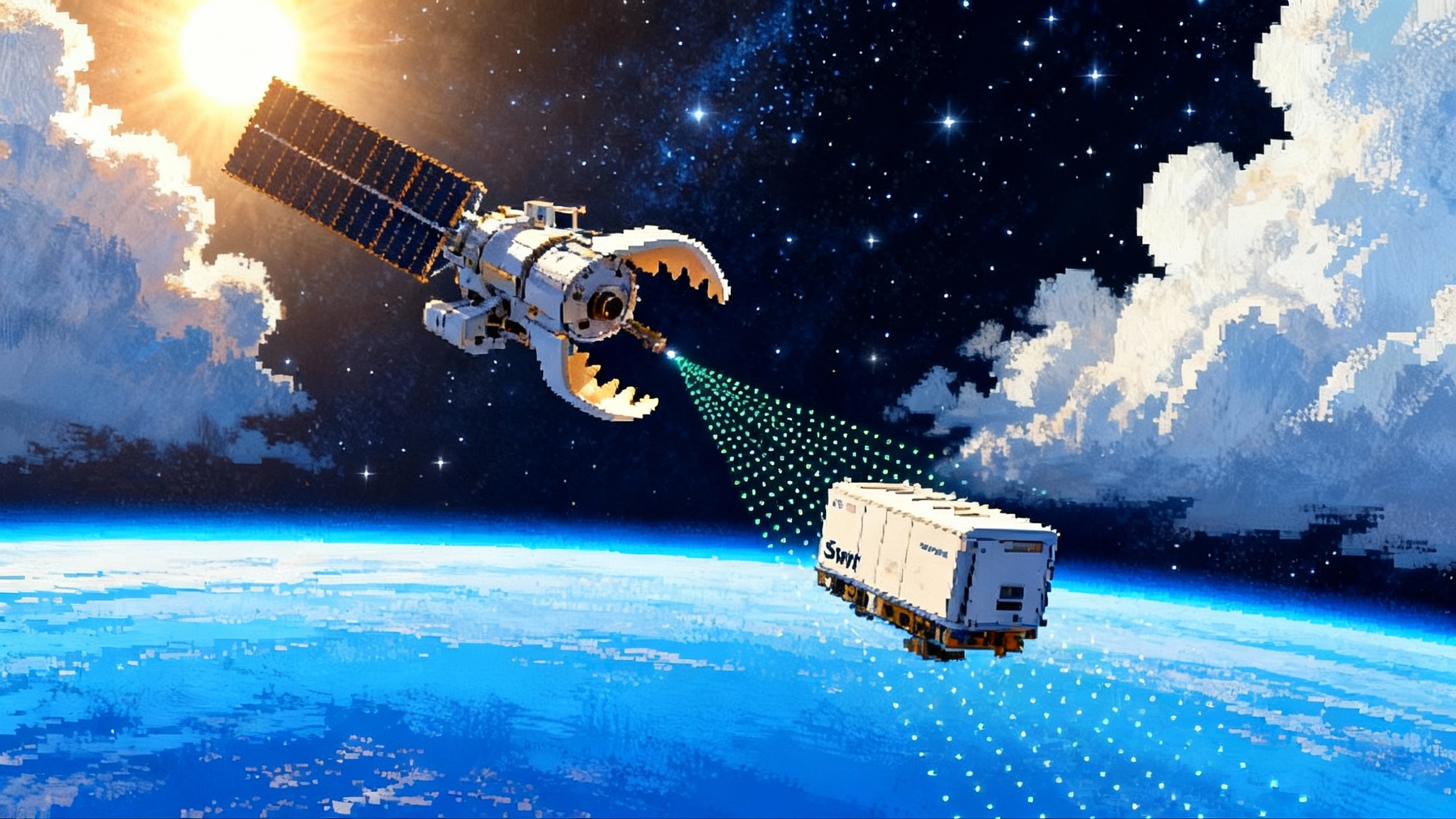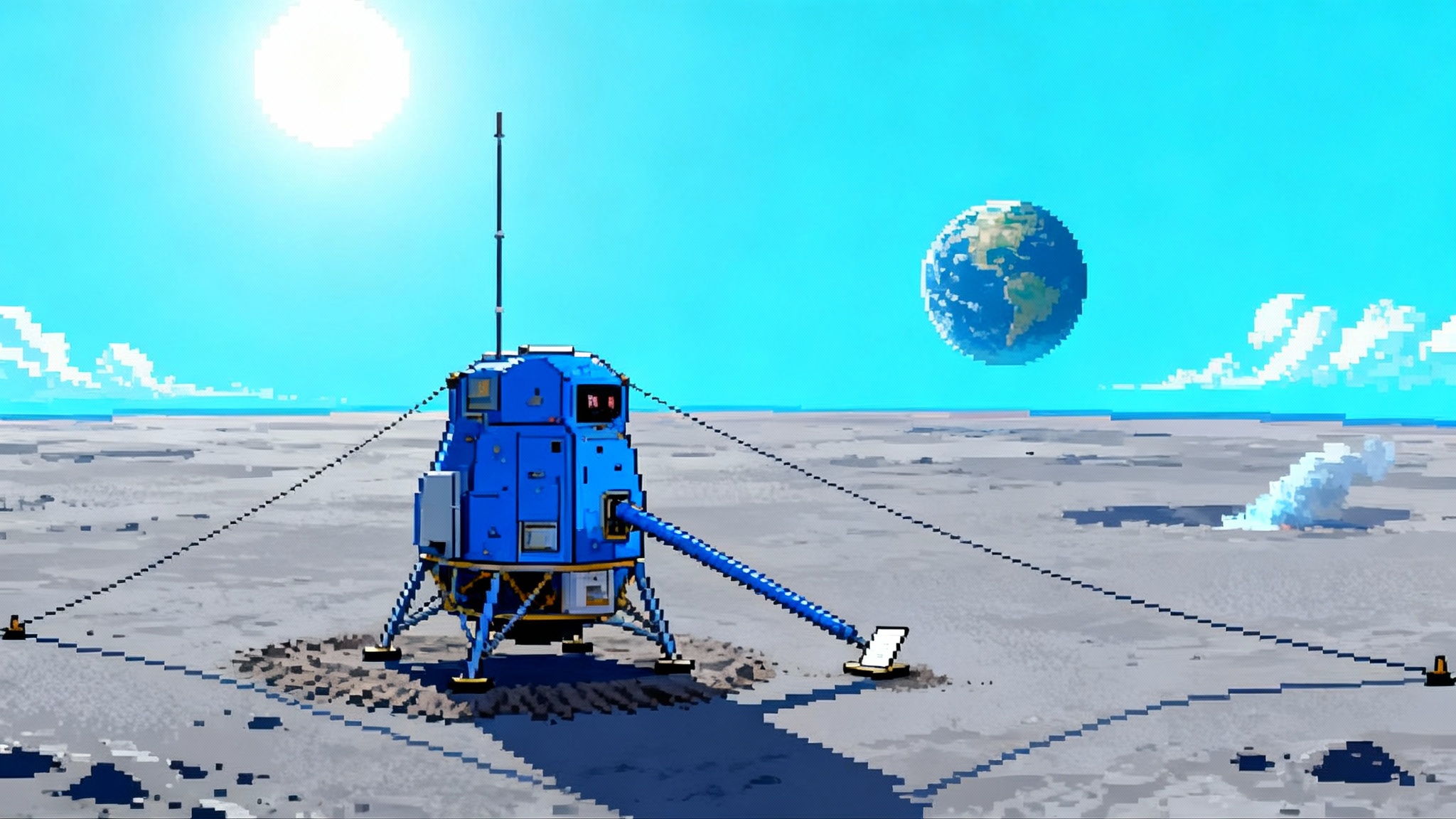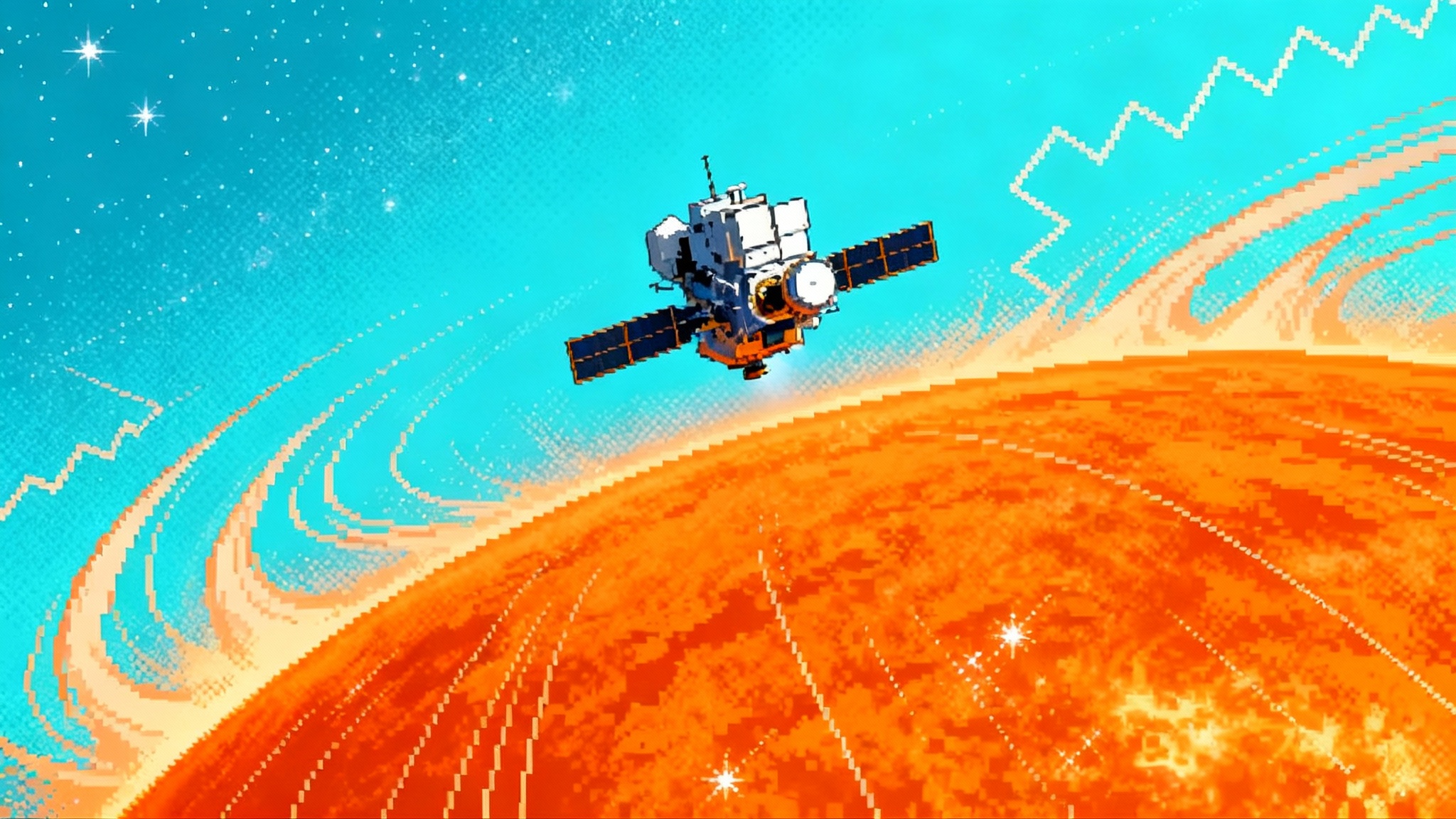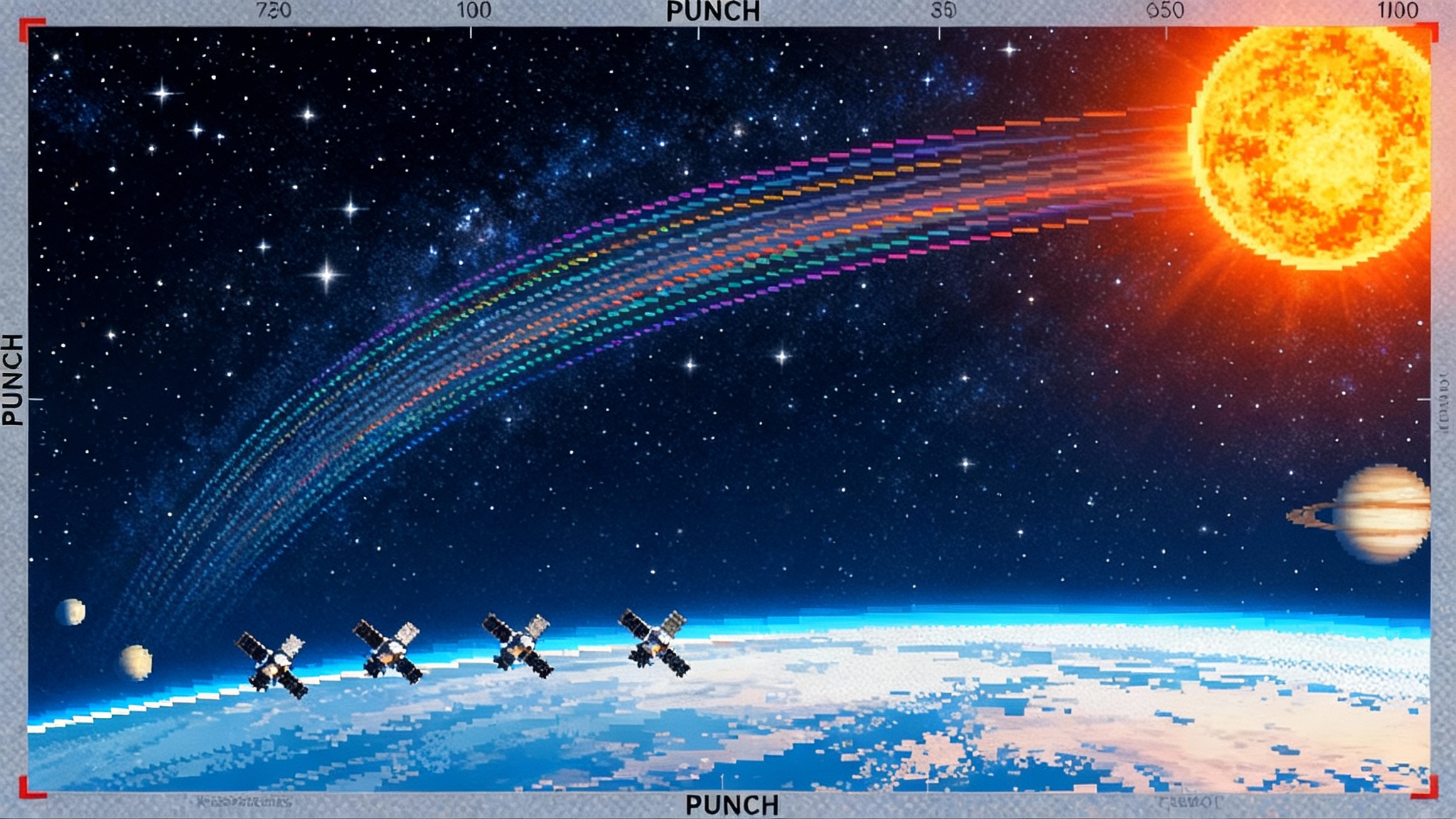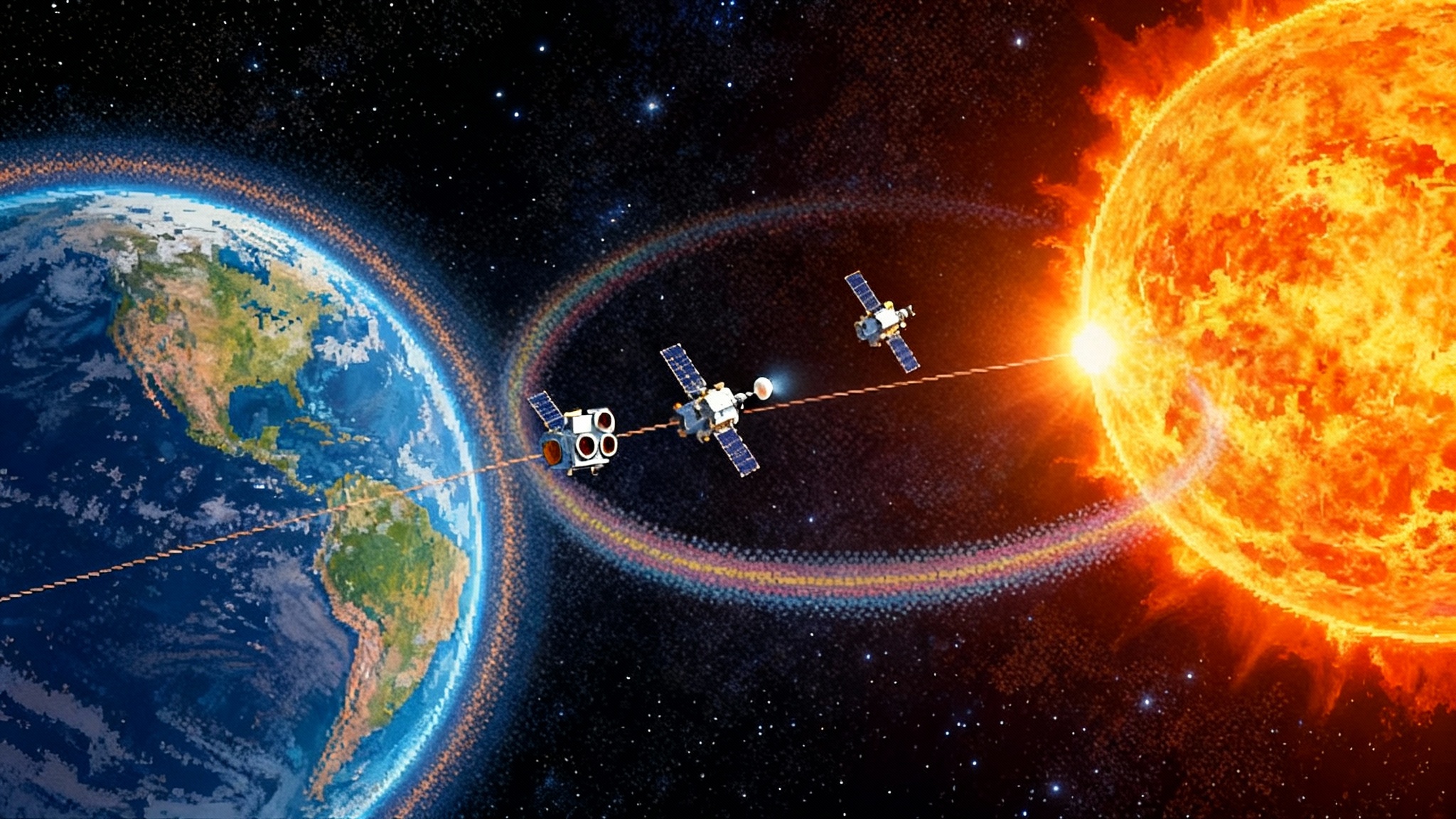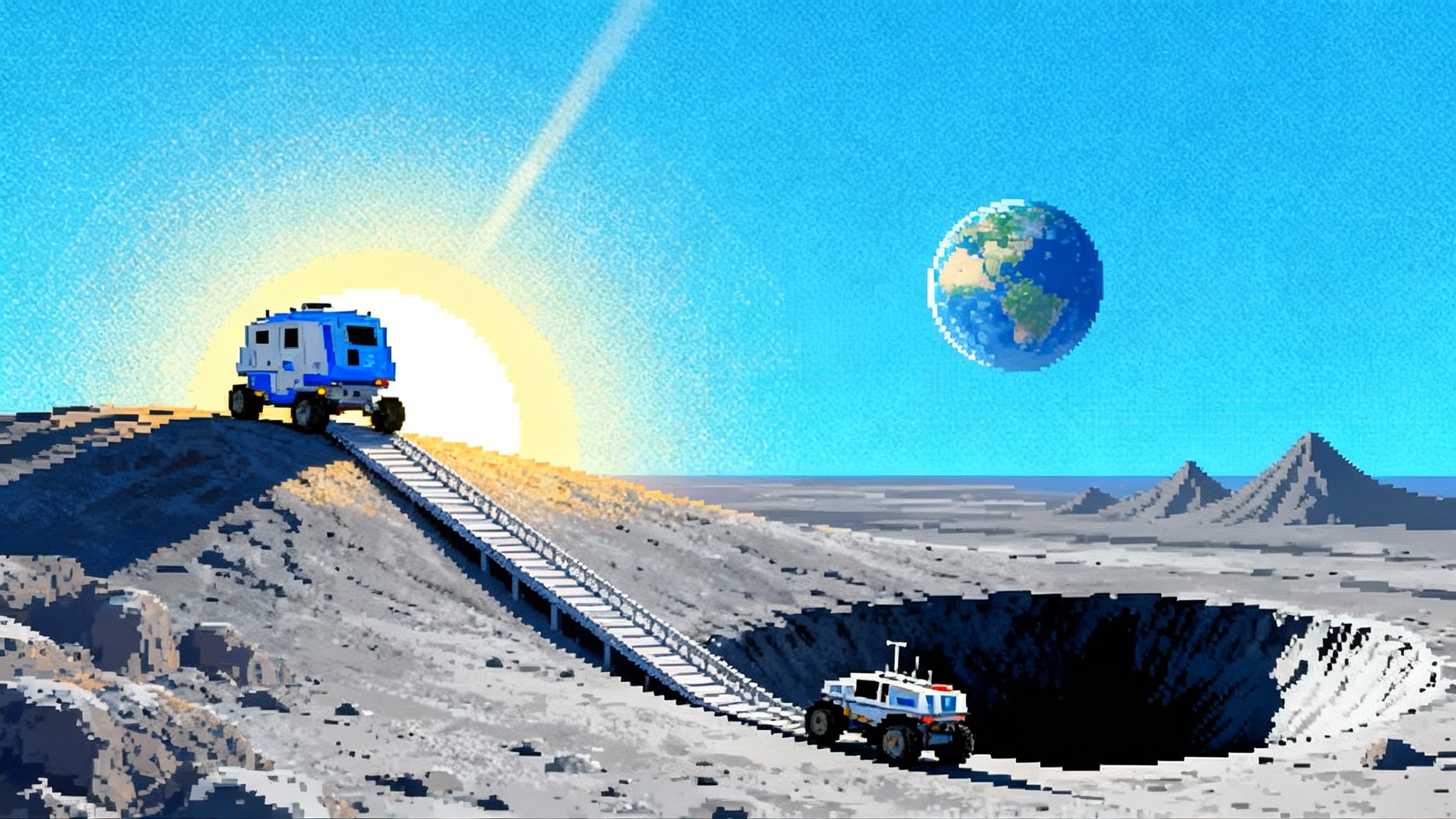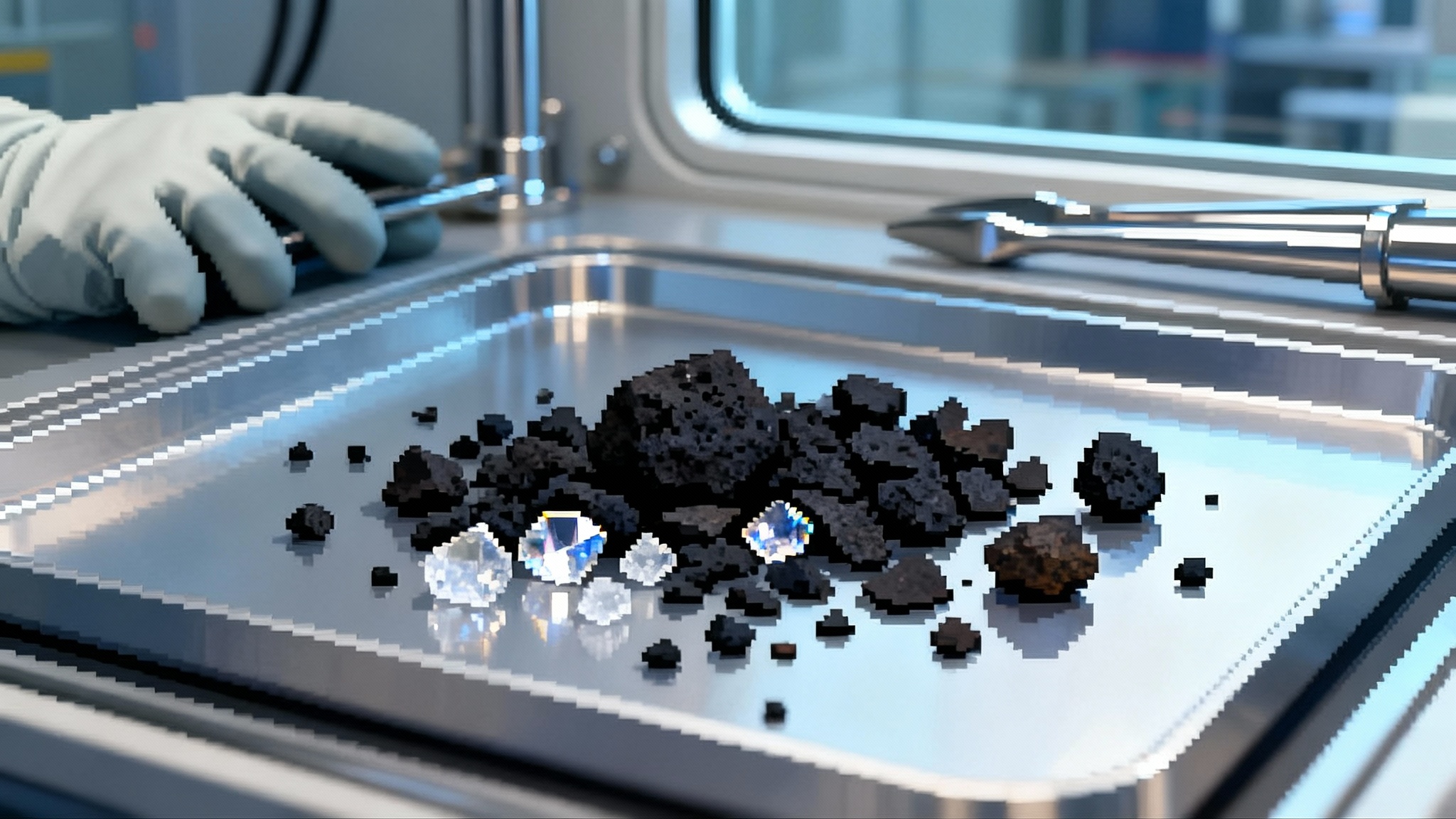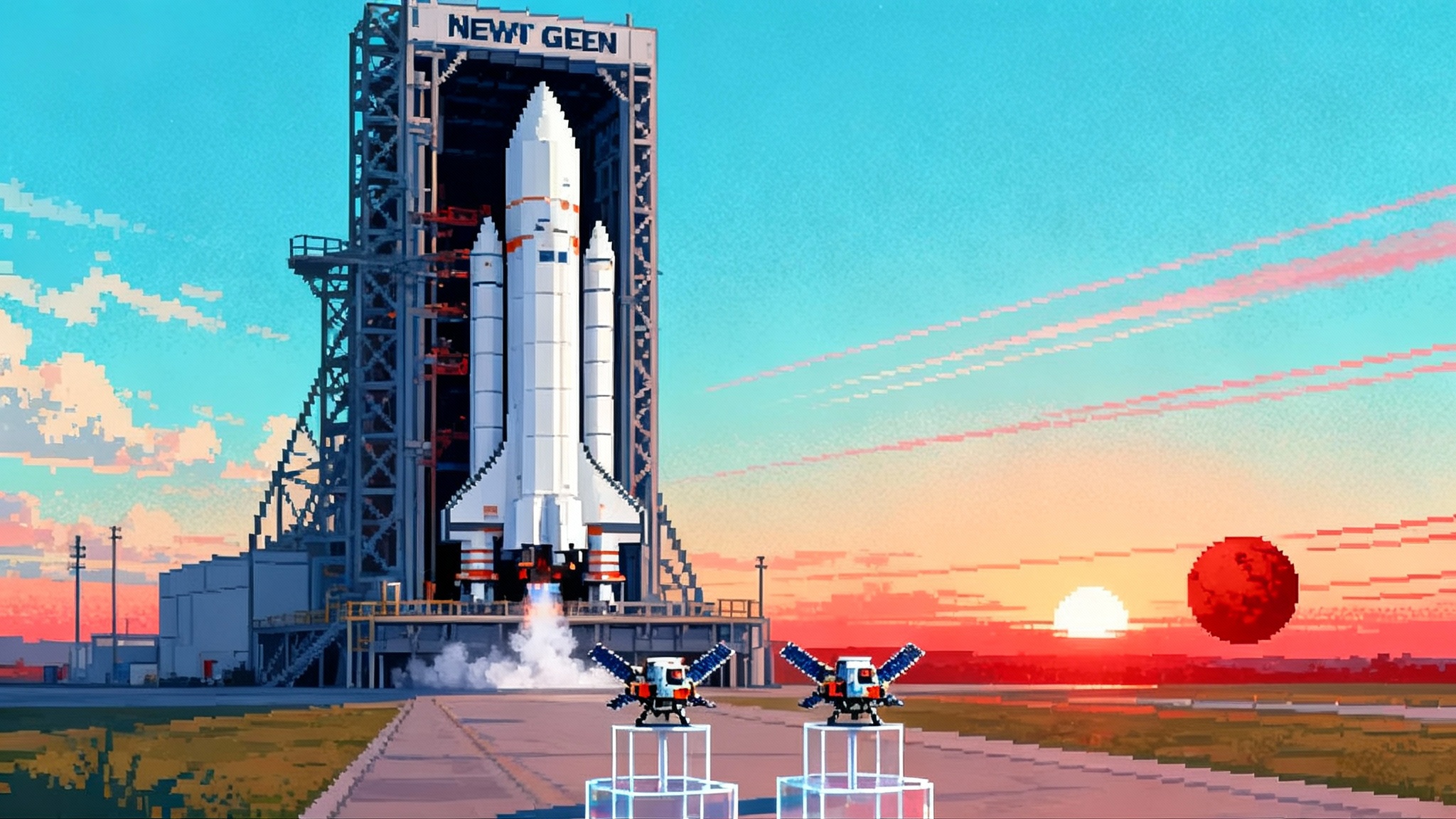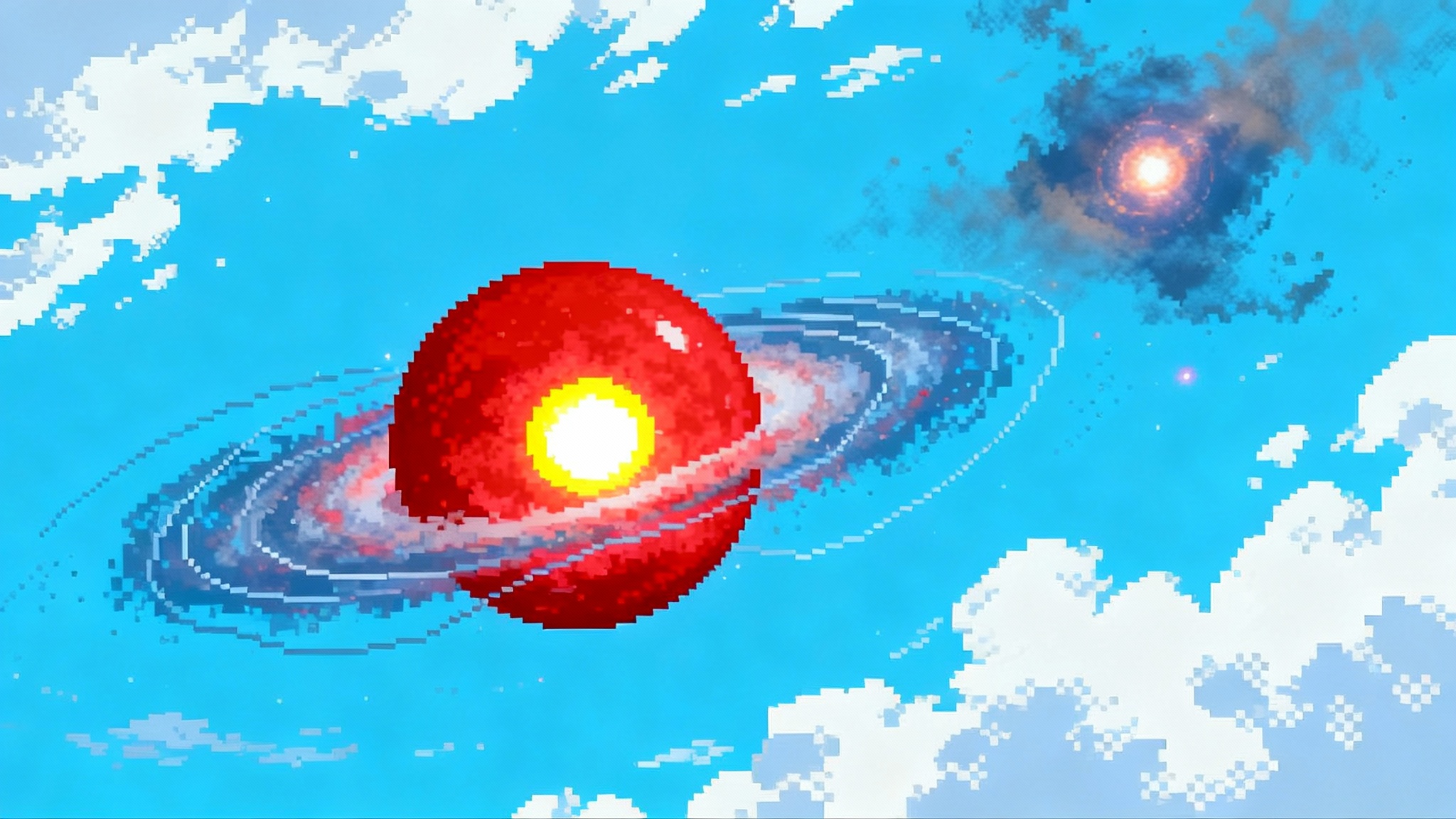OSIRIS-APEX Earth flyby locks aim on Apophis 2029
After a Sept. 23, 2025 Earth flyby, OSIRIS-APEX is on course to meet asteroid Apophis during its historic April 13, 2029 close approach. See how a gravity assist, Earth and Moon calibration, and a daring thruster stir set up breakthrough planetary-defense science.
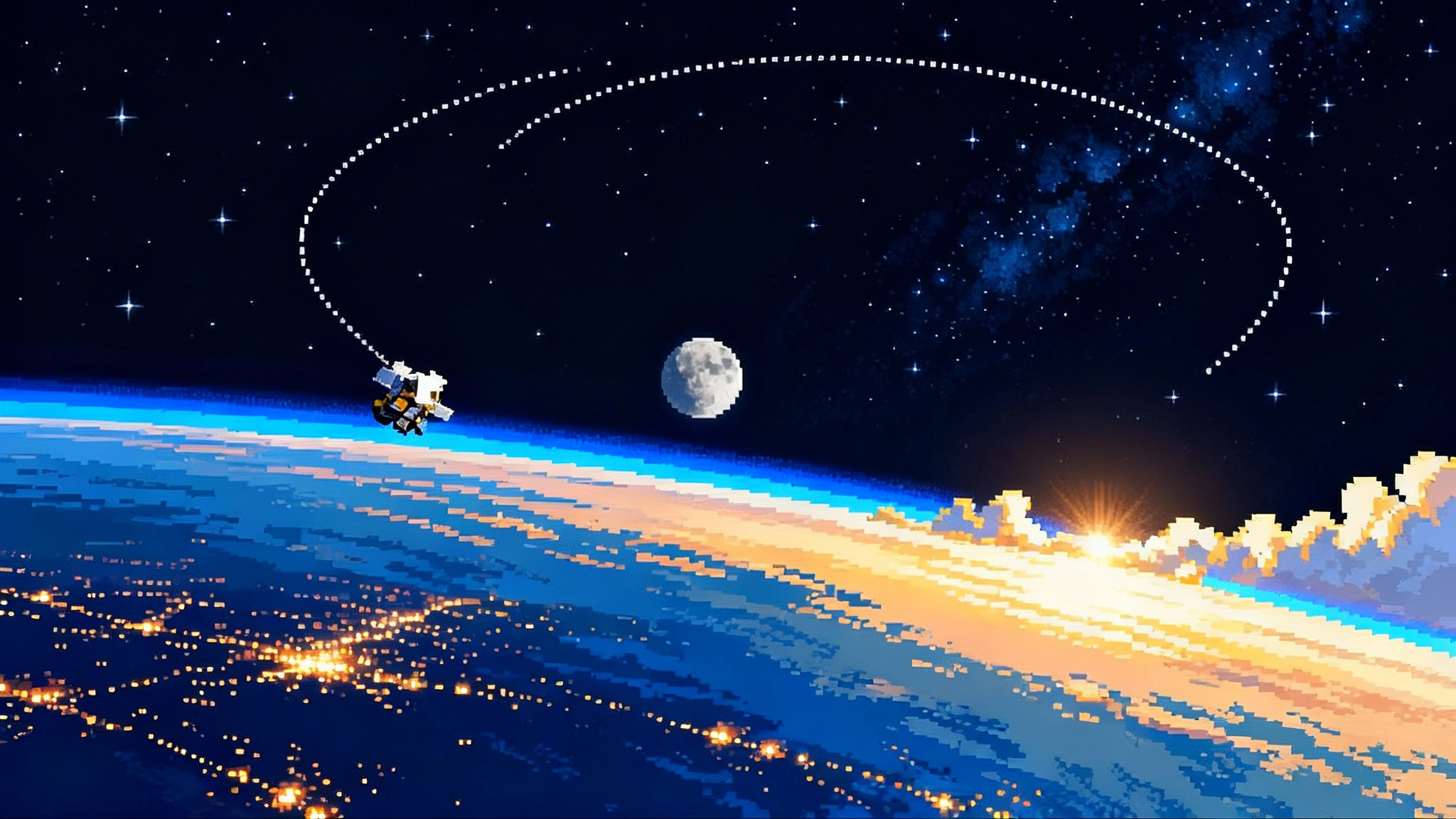
A quick hello and a sharp turn toward Apophis
At 12:56 p.m. EDT on Tuesday, Sept. 23, 2025, NASA’s OSIRIS-APEX skimmed about 2,100 miles above Earth, stole a little momentum, and flung itself onto a new track that leads straight to one of the most anticipated encounters of the decade. The gravity assist changed the spacecraft’s velocity by about 7 kilometers per second and nudged its orbital plane by about 1.5 degrees. It also gave the team a chance to turn the cameras homeward to image Earth and the Moon for instrument calibration. Those specifics come from NASA’s Sept. 23 flyby brief.
Why all this precision for a quick detour by home? Because the prize is 99942 Apophis, a 1,100-foot class near‑Earth asteroid that will slide safely within about 20,000 miles of Earth’s surface on April 13, 2029. OSIRIS-APEX is tasked with catching Apophis right as the asteroid feels the full torque of Earth’s tides and then sticking around to watch what changes.
What a gravity assist actually buys
A gravity assist works like a carefully choreographed exchange of energy with a planet. The spacecraft arrives on one hyperbolic path, loops near the planet, and departs on another with its speed and direction adjusted. Engineers use these boosts to achieve maneuvers that would otherwise require large fuel burns.
In this case, the 2,100-mile-altitude pass around Earth delivered two things that matter for a 2029 rendezvous:
- A big speed change without propellant. The roughly 7 kilometers per second tweak is the cost of a very large rocket stage if provided chemically. Using Earth as the engine keeps margins healthy for the science phase at Apophis.
- A fuel-expensive plane change for free. Buying about 1.5 degrees from Earth’s gravity positions the spacecraft so that small course corrections in the coming years can fine tune the arrival.
Beyond speed and geometry, the flyby sharpened the mission clock. Apophis will rush through a gauntlet of gravitational stress over hours and days. The assist set a trajectory that allows OSIRIS-APEX to be in the neighborhood in late April 2029, close enough to catch the asteroid while it is still ringing from its close brush with our planet.
Why OSIRIS-APEX looked back at Earth and the Moon
Imaging Earth and the Moon during a flyby does more than make pretty postcards. Earth is bright and richly colored. The Moon is darker, gray, and pocked with well known spectral signatures. Together they form a near perfect optical laboratory for instrument teams to recalibrate gear that has been through heat cycles, long cruises, and previous operations at Bennu.
Here is what that means instrument by instrument:
- Camera suite checks. High resolution imagers confirm focus, pointing, and radiometric response across different brightness levels. Earth gives a full dynamic range workout that includes ocean blues, cloud whites, and continental contrasts. The Moon provides a dimmer target that helps refine exposure strategies for low albedo terrain.
- Visible and near infrared spectroscopy tune ups. Spectrometers must track how each wavelength is recorded by the detector. Earth’s reflected sunlight and the Moon’s well studied spectra provide known curves. Matching these curves after the flyby lets scientists correct for any drift from years in deep space.
- Geometry and timing. Imaging both bodies with star fields in the background locks in geometric calibration. That helps during optical navigation and improves the fidelity of shape models later built for Apophis.
To tell whether a brightening is due to fresh dust or just a different viewing geometry, scientists need calibrated, stable instruments. The Earth and Moon images are the yardstick that turns raw counts into true reflectance and temperature.
The 2029 show: what scientists aim to catch in real time
When Apophis threads the region near geostationary orbit, Earth’s gravity will do more than bend its path. Models show that tidal forces can shake loose blocks, compact or fluff regolith, and even change spin states. OSIRIS-APEX will be primed to look for several signatures of this stress response.
- Tidal quakes. The asteroid could experience seismic shudders as slabs settle and fractures adjust. APEX does not carry a seismometer, but it can infer quakes by watching for transient dust clouds, surface changes between image passes, and shifts in boulder positions not driven by impacts.
- Landslides and regolith migration. On rubble pile asteroids, the angle of repose balances gravity, cohesion, and local vibrations. Even a small shake can move material downslope. High cadence imaging before and after the close pass can reveal fresh streaks, scoured patches, or new talus piles.
- Spin and orbit tweaks. The close approach will widen Apophis’s orbit and may alter its rotation period and pole orientation. Repeated observations of surface landmarks allow APEX to pin down small changes in day length and the direction of the spin axis.
- Dust release and transient comae. If the near pass lofts dust, the asteroid may briefly wear a faint halo. Spectrometers and cameras can measure particle sizes, brightness variations, and spectral signatures to determine whether the lofted material is fine dust, coarser grains, or pebbles. For context on how the heliosphere shapes dust behavior, see how PUNCH 3D solar-wind movies could refine modeling.
Each of these measurements ties straight into hazard assessment. If a close pass can significantly rearrange a rubble pile’s surface, it affects how we predict the outcome of any future deflection test on similar bodies.
The thruster stir: a bold maneuver with big payoffs
OSIRIS-APEX will do something at Apophis that most orbiters never attempt. After it surveys the asteroid from a safe distance and maps the terrain, the spacecraft will dip to within about 5 meters of the surface and fire its thrusters downward. The goal is to stir the upper few centimeters to tens of centimeters of regolith and expose fresher material underneath. NASA previewed the concept and geometry of this close approach, including the expected standoff distance and the focus on revealing subsurface composition, in a plan described as Dipping within 16 feet.
Why stir at all? At Bennu, the mission learned that a gentle touch could behave like a plunge into a ball pit. The surface was surprisingly loose and porous, a result that dovetails with our coverage of Bennu 2025 sample haul insights. A controlled thruster pulse at Apophis converts fuel into data by revealing how easily the surface yields to gas flow and how grains sort by size as they settle. That offers three valuable outcomes:
- A fresh look at composition. Space weathering reddens and darkens surfaces over time. Stirring exposes grains that have not been baked and micrometeoroid sandblasted for millennia. Spectrometers can compare fresh and weathered material directly in the same terrain.
- A direct test of mechanical strength. How big is the crater or scour pit created by the plume? How fast do grains loft and resettle? The shapes and dynamics of the disturbed patch reveal cohesion, porosity, and grain size distribution.
- A calibration for deflection physics. Deflection strategies that rely on momentum transfer or surface coupling behave differently on loose rubble than on bedrock. Knowing how a plume couples energy into the top layers is a small scale analog for how a kinetic impactor or a thruster array might perform.
The team will choose a site where the maneuver is both safe and scientifically rich. It will avoid slopes that promote runout beyond the target patch and watch from multiple angles to reconstruct the plume and its effect on nearby boulders and fines.
How the flyby sharpened the tools for that close work
The Earth and Moon imaging campaign directly raises the signal to noise ratio of the boldest observations APEX will attempt.
- Spectral calibration under realistic illumination. Earth provides bright, full disk reflective light. The Moon offers a low albedo target with known absorption features in the near infrared. Together they set the baseline that lets the team separate true mineral signatures from instrument drift.
- Radiometry that maps to absolute values. Measuring how bright Earth’s clouds and oceans appear at certain wavelengths gives a standard for emissivity and reflectance. That enables temperature retrievals and composition maps at Apophis that are consistent across different viewing geometries.
- Image geometry tuned for change detection. When you aim to catch a landslide that alters a slope by centimeters, you need pixel scales, pointing knowledge, and distortion models nailed down. The flyby allowed the team to refine these parameters on scenes with sharp limb boundaries and rich texture.
What this means for rubble pile physics
Rubble pile asteroids are held together by gravity, friction, van der Waals forces, and a delicate web of contacts between grains and boulders. The Earth encounter will torque that web. APEX’s job is to watch the network flex and relax. Results will test several open questions:
- How much stress triggers surface failure. If small tidal forces reorganize slopes, it suggests low cohesion and supports models that predict frequent mass wasting on bodies that pass near planets. See how ultra-accessible targets could reshape mission playbooks in our look at Earth's new quasi-moon opportunity.
- Whether fresh material differs in composition. If freshly exposed subsurface shows different spectral signatures than the sunburned exterior, it constrains weathering rates and the depth of the altered rind.
- How quickly fine dust is produced and lost. If Apophis sheds a cloud of fines, it may briefly form a transient coma. Tracking particle size and brightness decay informs models of dust lifetimes and replenishment in near Earth space.
- How spin changes propagate through a rubble pile. Changes in day length or pole orientation can alter how sunlight torques the asteroid over years. Small changes at the 2029 pass could seed larger drift later.
These details feed directly into deflection planning. You do not push a pile of rocks the same way you push a monolith. You do not anchor to a talus slope the same way you anchor to a coherent plate.
Sharpening the planetary defense playbook
Apophis is not a threat during its 2029 pass. It is an opportunity to practice and to learn. The most practical contributions OSIRIS-APEX can deliver include:
- Better pre and post encounter ephemerides. High precision tracking from the spacecraft will reduce uncertainties in Apophis’s path after the flyby and confirm how much Earth altered its orbit.
- Benchmarks for surface response. If a close pass produces landslides and dust, it suggests that any mitigation technique must consider how easily a surface can be mobilized. That affects both kinetic impactor designs and gravity tractor concepts.
- Realistic expectations for operational timelines. If surface changes occur within hours and days of the closest approach, future missions designed to respond to a threat must be ready to observe and act on similar timescales after any planned deflection.
From flyby to rendezvous: what happens next
With the gravity assist complete, the navigation team will fold the new tracking data into the flight plan. Engineers will assess the Earth and Moon images to update calibration files and instrument parameters. Small course corrections over the next several years will home in on the rendezvous geometry. The spacecraft will arrive in the vicinity of Apophis later in April 2029, close enough to collect the first post encounter data while Earth based telescopes contend with the glare of the Sun.
During approach, OSIRIS-APEX will begin optical navigation imaging to lock on to the asteroid, continue gathering spectra to characterize its surface, and build shape and gravity models that define safe orbits. The team will interleave global mapping with targeted monitoring of features most likely to have changed during the close pass. Only after the environment is well understood will the mission attempt the thruster stir.
The bottom line
A single pass by Earth on Sept. 23 was worth far more than a sightseeing detour. It bought the speed and alignment APEX needs to be in the right place at the right time. It delivered a priceless calibration set from Earth and the Moon that will turn subtle changes at Apophis into solid science. And it set up a close pass experiment in 2029 that could refine how we think rubble pile asteroids are built and how we plan to nudge one if we ever must.
Apophis will flash by Earth on April 13, 2029. OSIRIS-APEX plans to be there as the lights come up.
